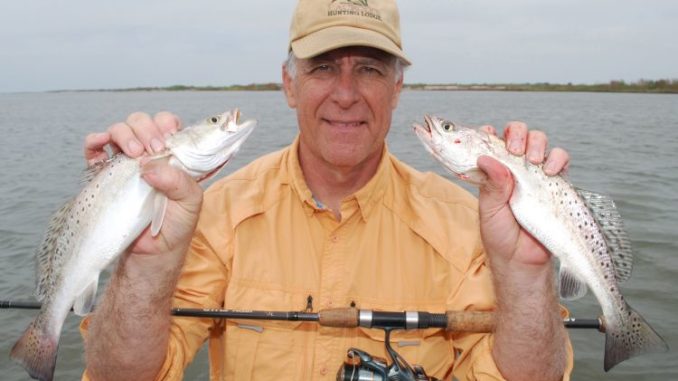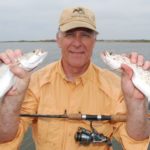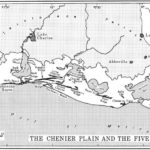
One report has Chenier au Tigre being named because of a large cougar killed there many years ago.
But the ridge could just as likely have been named for jaguars, which were not uncommon in Southwest Louisiana at the time of European settlement.
“Tigre” translates in both French and Spanish as “tiger,” a name usually used for the jaguar.
Nestled deep in the mosquito-infested marshes of Vermilion Parish, the chenier never has had a road constructed to it. Yet, isolation didn’t prevent its settlement.
Shaped like a three-toed bird’s foot, most of it was owned by the Sagrera family.
The front ridge nearest the Gulf of Mexico was the location of a tall U.S. Coast Guard tower. The second ridge had five cottages and a dance hall. The third ridge held the islander’s homes, including the Sagrera home, a school, a church and the cemetery.
Here also was located the Chenier au Tigre Summer Resort, first established in 1913, according to Vermilion Parish Clerk of Court records.
A 1936 advertisement for the resort touted bathing, fishing, dancing, good eating, horseback riding and tennis as resort activities.
Rates at the resort were $1.50 per day for adults and 75 cents for children. Partly because access was difficult — only by boat or horseback — guests commonly stayed a week or more.
Market hunting, fur trapping and fishing were other sources of employment for islanders. Although it is difficult to imagine now, rice farming was also important, as was cattle ranching.
Increased saltwater intrusion gradually made rice farming impractical, but the nutritious marsh grasses continue to support cattle.
The settlement of Cheniere au Tigre met its end at the hands of Hurricane Audrey in 1957, when the vicious storm and its 12-foot tidal surge killed more than 400 people, most of them in neighboring Cameron Parish where the storm made landfall.

